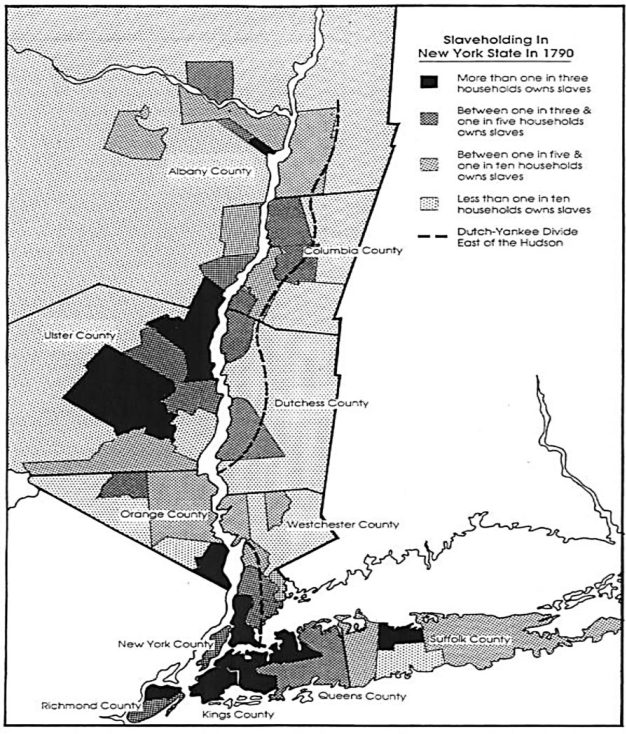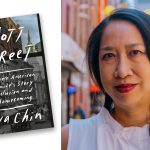Campus Community: As we prepare to enjoy a day off on Monday, June 19th, it is important to share why the date is so important so that we, as a community and as an institution of higher education that has committed to embracing diversity, centering equity, and practicing inclusion understand that this is not just a day off from work as the work of some communities never stop. Attached and below is a message that our own Dr. Paul Archibald, LCSW-C (MD), LCSW (NY), MAC, C-CATODSW has written. Additionally, Dr. Archibald has provided resources at the end of Juneteenth reflections that we strongly encourage all to review closely and share this information within your respective communities about the importance of holiday. You can click on the embedded links on the attached PDF.
Juneteenth Reflections
As our College of Staten Island (CSI) community reflect on the commemoration of Juneteenth, a question comes to mind: why is this commemoration important for New Yorkers, and specifically Staten Islanders? To answer this, we must first highlight that Juneteenth commemorates June 19, 1865, the date on which Maj. Gen. Gordon Granger led the Union Soldiers to Galveston, TX, to announce the end of the war and finally informed people who were enslaved that they were free. It is hard to fathom that this news reached them two years after President Abraham Lincoln’s Emancipation Proclamation, one year after the Senate passed the 13th Amendment, abolishing slavery, on April 18, 1864, and six months after it was passed by the House on January 31, 1865. However, that is exactly what happened. Hence, the name “Juneteenth” represents the combination of the words “June” and “nineteenth”, referencing the date of the holiday.
This historical event illuminates the phenomena of justice-delayed and justice-denied that plagues the lives of Black people historically and currently. During this time of reflection, the CSI community should acknowledge that this is not a Black problem but an American problem, a New York problem, a Staten Island problem. What do we do with problems? As an academic community, we know that the purpose of the problem statement is to identify the issues that is an area of concern, a condition to be improved, a difficulty to be eliminated, or a troubling question that exists. We then focus it in a way that allows for understanding and deliberate investigation. This affords an adequate definition of the problem so that we can propose a way to research if a solution is possible. What we can say is that America has been taught about freedom through the process of slavery. In fact, Nyquist (2013) demonstrates how George Washington, when addressing the tyranny of taxation without representation, stated we should address justice-delayed and justice-denied by using slavery as an example:
The crisis is arrived when we must assert our rights or submit to every imposition that can be heaped on us till custom and use shall make us as tame and abject slaves as the Blacks we rule over with such arbitrary sway (p. 366).
So, why is this important to New Yorkers, to Staten Islanders. Well, Shane (1995) illustrates that as many as 20 percent of New Yorkers who lived during colonial times were Africans who were enslaved. Shane documented:
Alexander Coventry, an Englishman who migrated to New York in the 1780s, recorded in his memoirs, ‘[i]n the vicinity of New York, every respectable family had slaves – negroes and négresses who did the drudgery.’ Long before Harlem came to prominence as a symbol of black pride and achievement, New York City had a flourishing and vibrant black culture, one that acted as a magnet to slaves from Long Island, Staten Island, and the neighboring Jersey counties. The 1790 census confirms Coventry’s observation: New York City was, in fact, the hub of the heaviest slave owning region north of the Mason and Dixon Line. For those who associate slavery principally with the southern colonies or plantation areas the figures should prove startling. In the immediate hinterland – Kings and Queens counties on the western end of Long Island and Richmond County on Staten Island – 1,334, or 40 per cent, of the 3,350 white households owned slaves, and blacks constituted nearly a quarter (5,538 out of 24,401) of the total population (see map; p. 2)

Keep in mind that it has been cited that in 1790 there was a greater proportion of New York City households containing slaves than in any southern state. Therefore, it is fair to say that there was a point in history when New York had the greatest penetration of slavery in its everyday community life. This demonstrates that New York and our Staten Island should have learned much from our implicit engagement in slavery. Enough to provide some solutions.
We are called to action to remember those Africans who were enslaved and helped build the wall from which Wall Street gets its name. Helped build roads, docks, buildings, churches, taverns, and New York City as a whole. Here at CSI, we collectively lead the charge for progress to make our State, our Staten Island, our America, change inequitable and exclusive policies and shift cultural norms. We commemorate this Juneteenth by acting in ways that demonstrate that we have learned from our past enough to provide solutions that make freedom true in these United States of America.
In text citation:
Nyquist, M. (2013). Arbitrary rule: Slavery, tyranny, and the power of life and death. University of Chicago Press. ISBN 9780226015538
White, Shane. (1995). Slavery in New York State in the early republic. Australasian Journal of American Studies, 14(2), 1-29. https://www.jstor.org/stable/41053779
Learn about Juneteenth:
A Primer on Juneteenth by Dr. Amilcar Shabazz
Juneteenth: Celebration of Resilience by the National Museum of African American History & Culture
The Historical Legacy of Juneteenth by the National Museum of African American History & Culture
What is Juneteenth? by History
Juneteenth Resources from Be’chol Lashon.
“‘Juneteenth this year is a whole new ballgame’ — 9 Black Jews on the holiday of liberation” Piece published by the Forward
Juneteenth Journey by the Texas Historical Commission
Juneteenth Legacy Project A Galveston-based nonprofit organization that works with the artist behind the Juneteenth Legacy Project mural.
Juneteenth Jamboree by Carole Boston Weatherford is a great children’s book to read as part of your Juneteenth celebrations.
Enjoy your weekend and remember to continue to spread knowledge, light, and positivity.
#BlackLivesMatter
#MoreThanADayOffatCSI
With Hope,
Office of Diversity, Equity, and Inclusion (ODEI)
The College of Staten Island
2800 Victory Blvd, SI, NY 10314













